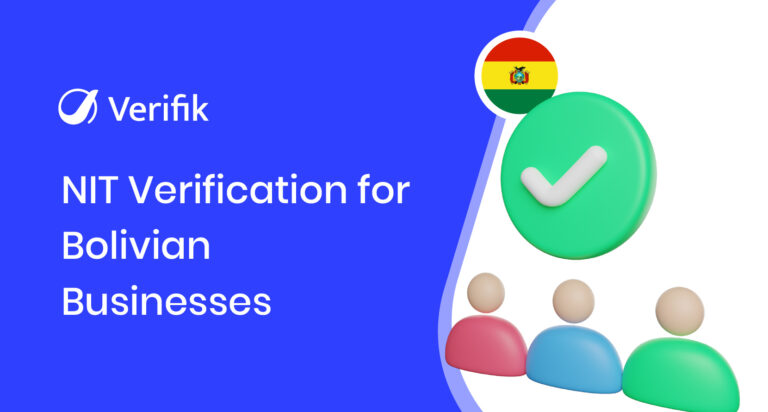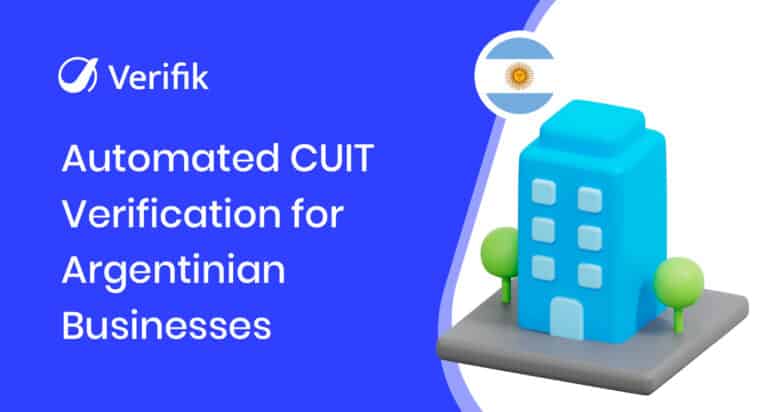Imagine if the lock on your front door was so easy to pick that anyone could do it. That’s how fragile online security has become with the use of traditional passwords.
As the world goes digital, cybersecurity faces unprecedented challenges. The reliance on repeated, simple passwords is not only obsolete but also presents some threats that can put companies’ most private information at risk.
“The economic consequences of data breaches are alarming. According to the Global Data Breach Report 2023, prepared by IBM, the average cost of a data breach due to password breaches reached an all-time high of $4.45 million.”
This highlights the growing financial liability of cyber attacks. Costs of this kind can cripple companies and ruin individuals through identity theft. Which is why it is crucial to strengthen data protection and cybersecurity measures.
A few years ago, a strong password was a combination of letters, numbers and symbols. However, times have changed. And with this, cybercriminals have improved their modalities. They have evolved advanced tools and targeted attacks that can break through even the most seemingly secure barriers.
And in this scenario, the inevitable question that arises is whether conventional passwords are still sufficient to protect against the cyber threats that are on the rise.
In this blog, we will evidence the risks associated with the use of conventional passwords and examine advances in cybersecurity. We will analyze why these passwords, despite their popularity, may not be adequate for today’s threat landscape. In addition, we will discuss more secure keyless authentication options. Such as biometric technology, and how to adapt to these new realities to protect enterprises.
Common vulnerabilities of traditional passwords
Traditional passwords, although still widely used, have a number of vulnerabilities that make them insufficient in the face of modern cybersecurity threats.“A survey conducted by Verizon in 2023 revealed that 74% of security breaches involved the use of lost or stolen credentials. This alarming figure underscores the urgency of addressing the inherent weaknesses of traditional passwords to better protect the sensitive information of individuals and organizations.”
- Weak and Common Passwords: The tendency of users to create passwords that are easy to remember, but also easy to guess is one of the main flaws. These passwords are extremely vulnerable to brute force or dictionary attacks due to the use of common words and easily accessible personal information. Despite recommendations to use complex passwords, many companies continue to manage user access with traditional passwords, putting themselves at serious risk.
- Password Reuse: Another risky practice is reusing the same password across multiple accounts and services. This means that if a cybercriminal manages to compromise one account, they can potentially access all other accounts using the same password.
Phishing: Traditional passwords are the most vulnerable to phishing attacks, where attackers impersonate legitimate entities to trick users into revealing their credentials.
Read also Cyber Fraud: A Challenge for Enterprise Security
Current Trends in Cybersecurity and Password Management
Strategies to mitigate cyber threats change over time. With an increasing focus on fraud prevention. Identity verification has become a key area within cybersecurity, driving the adoption of new technologies and approaches that seek to overcome the limitations of traditional methods.
Biometrics
Biometrics and Password-Free Authentication
Biometrics, including facial recognition, are revolutionizing authentication. The use of biometric identifiers for passwordless authentication is gaining popularity as a way to reduce reliance on traditional passwords. These methods improve the user experience and reduce the risk of credential theft.
OTP Technology
The One-time password (OTP) is a one-time password that provides an additional layer of security in authentication processes. Each OTP is valid for a short period of time and is generated dynamically. Ensuring that only the authorized user can access the account or service at that time. This method eliminates the need to remember complex passwords and significantly reduces the risk of credential theft. In addition, being single-use, it effectively prevents reuse and the associated risk of password compromise.
Password Managers with Advanced Authentication
Password managers are incorporating advanced authentication technologies. These tools now include biometric and multifactor authentication methods to secure access to password vaults, in addition to generating and storing complex passwords. This increases protection and limits access to credentials to an authorized user.
Artificial Intelligence and Machine Learning
AI-based systems can detect unauthorized access attempts by analyzing user behavior and activity. In addition, AI-based security solutions can continuously adapt and evolve, enabling them to provide a dynamic defense against cyber attacks that become more common.
Biometrics and Passwordless Authentication
Biometrics and passwordless authentication are changing the way individuals and organizations protect their data. Compared to traditional passwords, these new techniques offer more convenient and secure options.
Verizon’s 2023 Identity Security Report indicates that 80% of security breaches involve compromised credentials. Since biometric data is much more difficult to steal or duplicate than passwords, adopting biometrics can significantly reduce this risk.
Implement passwordless logins with Verifik
Verifik represents a significant evolution in digital authentication by eliminating the reliance on traditional passwords. This innovative platform uses advanced facial recognition technology to enable secure, password-free logins.
Implementing Verifik not only improves security by eliminating vulnerabilities associated with traditional passwords. Such as identity theft and data breaches, but also simplifies the user experience with easy, fast and secure logins.
By integrating our OTP technology, you will notice significant savings in time and resources. Verifik offers the easiest to implement solution on the market: with a few simple steps, you get easy, secure and reliable user authentication.
More than 300 companies rely on Verifik for user authentication, protecting their operations and optimizing their internal processes. Our Access service facilitates logins in an environment where passwords have become obsolete. This effective solution solves problems of forgotten and fraudulent passwords, as well as threats of data breaches.
Learn more about Verifik here or contact us to give you the best anti-fraud solution for your business. Integrate now the identity verification solution your business needs!
What is smartENROLL, and how does it help my business?
smartENROLL is Verifik’s comprehensive user onboarding solution that uses advanced identity verification technologies, such as facial recognition, liveness detection, and document scanning. It simplifies the onboarding process by automating tasks, validating data against local and international sources, and ensuring compliance with KYC/AML regulations. With its Passive Facial Liveness architecture, smartENROLL detects presentation attacks using just the same single-image selfie, reducing abandonment rates, preventing identity theft while enhancing user experience. It’s ideal for businesses in any industry looking to onboard users securely and efficiently.
How does smartACCESS improve platform security?
smartACCESS is a password-free login solution that combines Biometric Scanning and one-time passcode (OTP) technology to provide secure and seamless access to your platforms. It verifies facial features in real-time to prevent impersonation and deepfakes, ensuring only authorized users gain entry. By eliminating passwords, smartACCESS reduces the risk of data breaches and simplifies the login process, saving time for both users and businesses. You can customize login options (email, phone, or biometric) to suit your needs.
What is DataBase Screening, and why is it important?
DataBase Screening is Verifik’s service for validating user information against trusted local and international databases, such as Interpol, RUES, SIMIT, and government registries (e.g., CNPJ in Brazil, CUIT in Argentina). It helps businesses verify identities, check for criminal records, and ensure compliance with regulatory requirements. This service is critical for preventing fraud, improving database quality, and maintaining trust in industries like finance, events, and e-commerce.
How does smartENROLL support regulatory compliance?
smartENROLL is designed to help businesses meet legal and regulatory requirements, such as Know Your Customer (KYC) and Anti-Money Laundering (AML) standards. It validates user identities through biometric checks, document scanning, and data verification against multiple sources. By automating these processes, smartENROLL reduces manual errors and ensures your business stays compliant with industry regulations while protecting against fraud.
Can smartACCESS and smartENROLL be customized for my brand?
Yes, both offer advanced customization options. You can adapt the design by modifying colors, text, and messages in the interface and communications to align with your brand’s identity. Additionally, you can enable login options like email, phone, or facial recognition to suit your platform’s needs, ensuring a consistent and secure user experience.
What industries benefit from Verifik’s DataBase Screening?
DataBase Screening is valuable for industries requiring high levels of trust and compliance, including financial services, event management, e-commerce, and healthcare. For example, customers use us to screen people people or even vehicles, all done throught an API integration. This ensures secure operations and regulatory adherence across sectors.
How does smartENROLL prevent fraud during onboarding?
smartENROLL uses a combination of liveness detection, facial recognition, and document verification to ensure the authenticity of users. Additionally, it cross-references user data with trusted databases to detect identity theft or fraudulent documents, providing robust fraud prevention.
How does DataBase Screening integrate with other Verifik products?
DataBase Screening works seamlessly with smartENROLL and smartACCESS to provide end-to-end identity verification. For example, during onboarding with smartENROLL, govenment IDs data is extracted and cross checked with government or criminal records.












